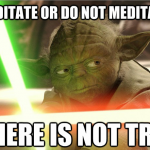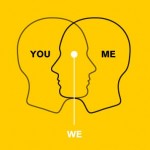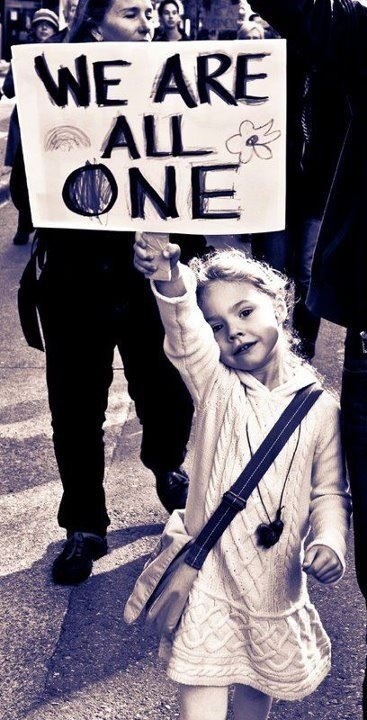The Many Uses of Mindfulness: Sense of Humor

When I started my mindfulness meditation practice 45 years ago one of the first things I came into contact with was my sense of humor. I had lost touch of that sense through my tumultuous adolescent years and was happy to regain the perspective of humor. It all came home to roost one day when I was watching Shakespeare’s Midsummer Night’s Dream starring Mickey Rooney as Puck. Mickey Rooney died last week so perhaps that is why my return to humor is in the forefront of my awareness. Puck’s famous line of “What fools these mortals be” struck a chord with me and began to crystallize the essence of my world view. I realized that although things seemed so serious on many levels that underneath it all is that sense of humor. I found myself experiencing events and thinking how ridiculous it all is. At the same time life is meant to be played out in earnest. Another Shakespeare quote came to be my mantra..”All the world’s a stage, and all the men and women merely players”. It would be easy to let humor sink to the level of cynicism and we all see that unfolding daily in many kinds of humor. There is humor to suit every emotion and perspective and the comedians of the day give plenty of opportunity to experience it.
So how does my mindfulness practice influence my sense of humor. I realized a long time ago that a lot of humor comes from pain and suffering and many comics will be the first to admit that unhappy experiences drive their comedy. It’s like the Blues musicians always say..”you have to suffer to sing the Blues”. In many many cases that is true with comedy. If you look at the 7 stages of grief you will recognize the starting point for much of our comedy. At the core of pain, suffering, grief, depression, anxiety etc. is fear. During my adolescent years I experienced all of these emotions with fear being the most palpable. It was when I embraced my mindfulness practice that the fear gradually went away. For me fear took the form of fear of dying and when I dealt with that all the other “negative” emotions went away by themselves. It is when the fear left me that I was able to rediscover my sense of humor and sense of the ridiculous without descending into cynicism and all the related fear based emotions. Coming into the present moment allowed that sense of humor to flower and at the same time embrace the love, compassion, kindness and interconnectedness of our mortal foolishness.
The Many Uses of Mindfulness: Sense of Humor Read More »









